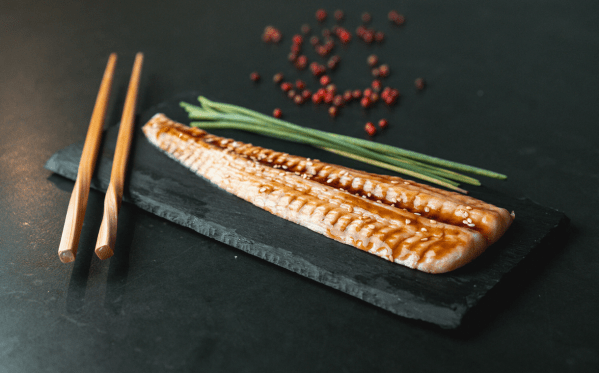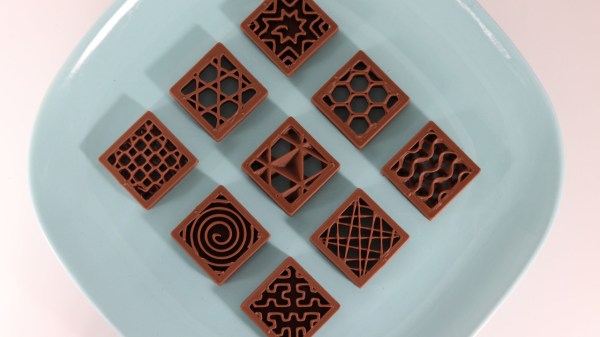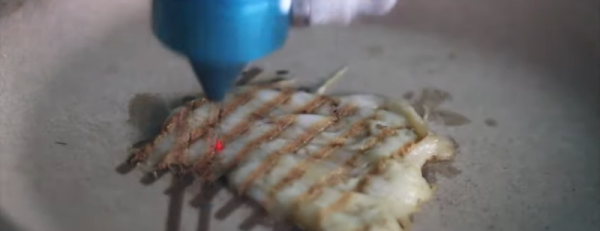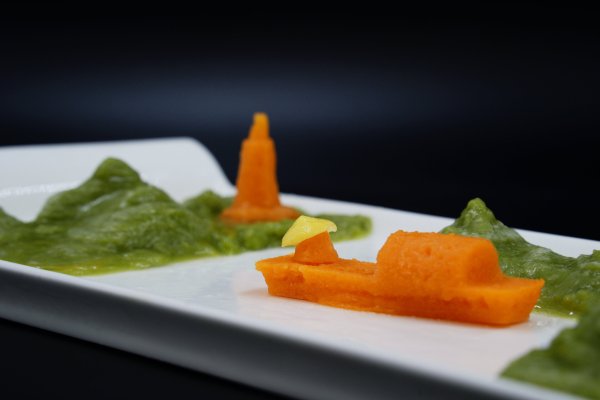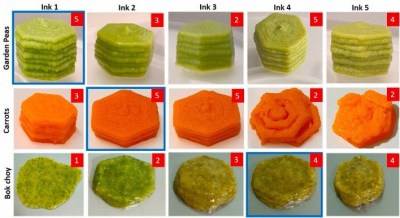Be it a matter of cost, principle, or just plain being landlocked, the idea of 3D printed vegan eel over the real deal is quite an attractive development. An Israeli company called Steakholder Foods has introduced this very thing — something they claim is the world’s first plant-based, printed eel.
One thing to note about eel is that they are quite intricately textured, a problem which seems tailored for 3D printing. The company say they achieve similarity through precise layering and “a unique combination of materials”, which are proprietary. Although the current product is based solely on plant materials, the plan is to incorporate eel cells in the future. Right now, the company is looking to collaborate by providing printers and ink so that participants can create short-term revenue.
While it’s unclear whether the eel is printed and then cooked, or print-cooked like this chicken, it sure looks tasty. Would you eat printed food? Have you done so already? Let us know in the comments.

